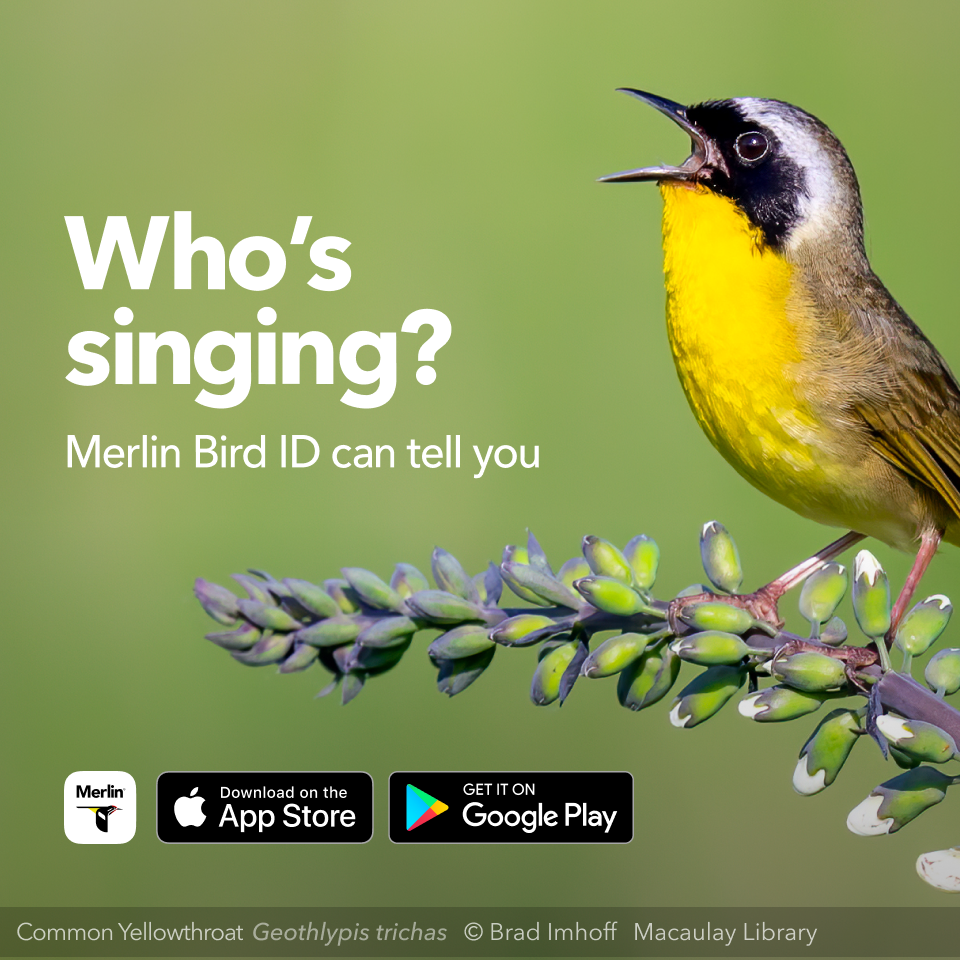- ORDER: Charadriiformes
- FAMILY: Laridae
Basic Description
The Roseate Tern is a bird of elegant proportions and dazzling white breeding plumage, accented with a black cap, dark bill, and pale rosy breast. It often forages out in the ocean and nests on hard-to-visit islands. It swoops and dives for small, schooling fish, its extra-long tail fluttering behind it. Hard hit by the plume trade at the turn of the 20th century, Roseate Terns are still federally Endangered or Threatened in the U.S. and are on the Partners in Flight Yellow Watch List.
More ID InfoFind This Bird
In North America, breeding Roseate Terns are split between New England and the Caribbean. A good way to find them is to take a chartered boat trip out to nesting islands (May through July) or visit Cape Cod or Long Island beaches, where small numbers gather from July through early September. On several of the Florida Keys, Roseate Terns nest on rooftops, where you can see them coming and going from late April through July. Roseate Terns often flock with Common Terns, but are paler, slightly smaller, slimmer, and longer tailed.
Other Names
- Charrán Rosado (Spanish)
- Sterne de Dougall (French)
- Cool Facts
- In the 1980s and 1990s, studies of Roseate Terns and similar-looking Common Terns found that Roseates forage in smaller flocks, dive from greater heights, and remain underwater longer than Common Terns.
- The Roseate Tern’s name comes from the rosy bloom on the white underparts in breeding plumage. Because the tips of these breast and belly feathers are white, the suffusion of pink can be hard to see in bright sunshine. It’s often readily apparent on overcast days.
- The oldest recorded Roseate Tern was at least 25 years, 8 months old when it was recaptured and rereleased during banding operations in Brazil in 1997. It had been banded in Massachusetts in 1971.


